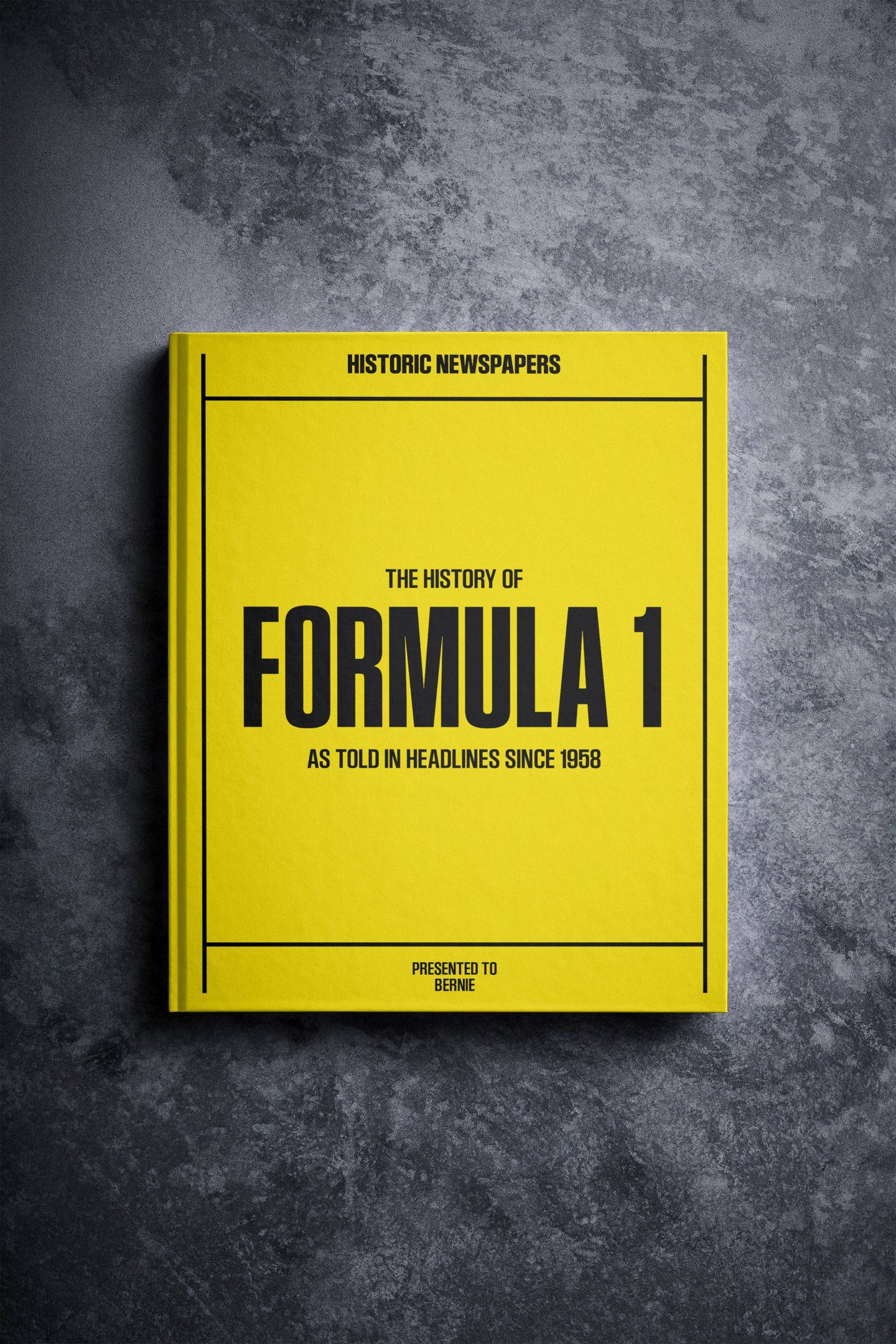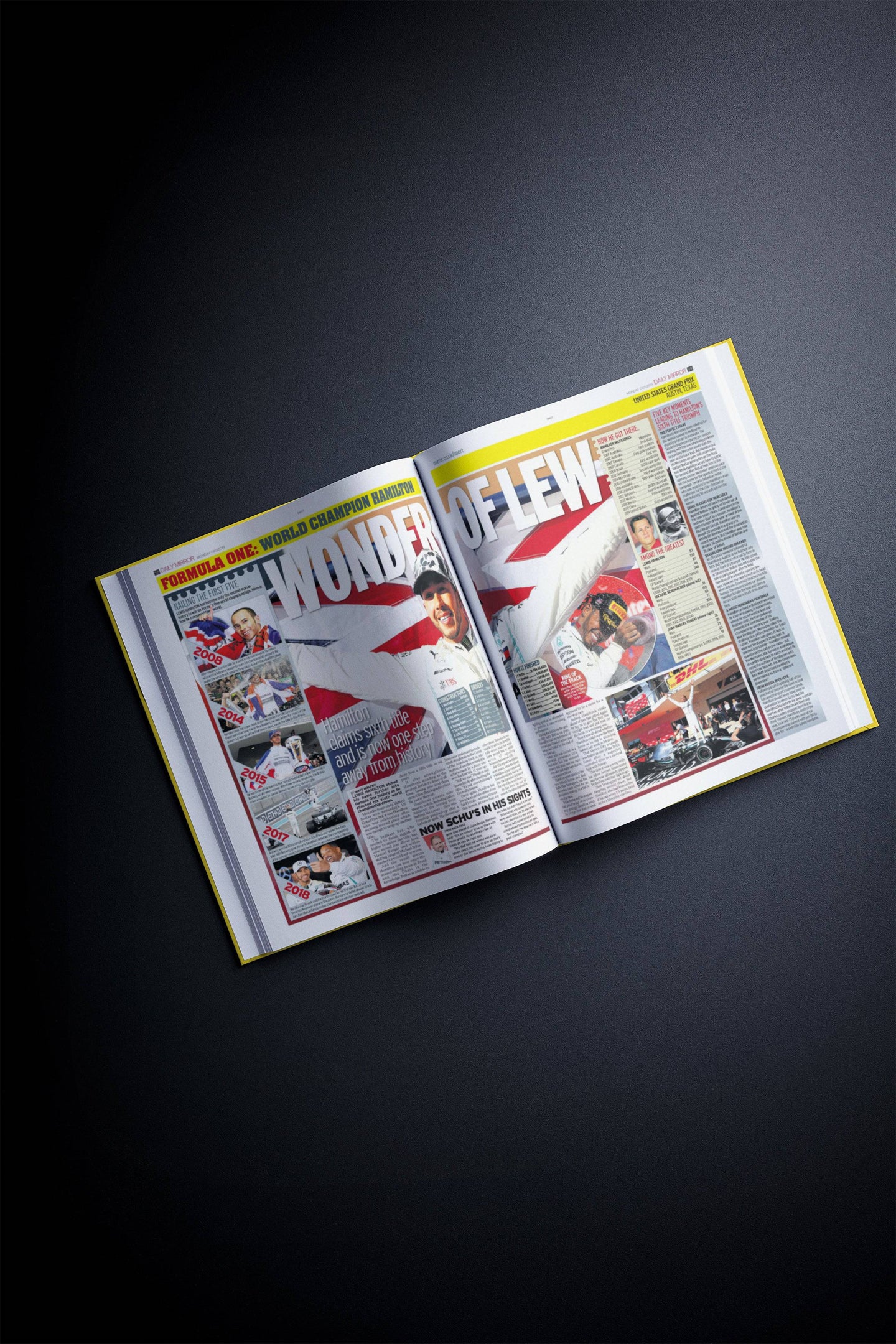To many, broadsheet newspapers are synonymous with the purest, most dependable form of journalism in existence. For centuries, the broadsheet has been the go-to outlet for news and opinion, all across the globe. But what is a broadsheet newspaper? Where did it come from? What is it by definition? And, perhaps most pressingly of all, why exactly are those pages so big?
Newspaper Beginnings
The genesis of the broadsheet newspaper can be traced back to 18th century Britain. Although the reasons aren’t abundantly clear, it seems that in 1712 the British government placed a tax on newspapers relating to their number of pages. To counter this, publishers made their products much larger in order to decrease page count, despite the new versions being much harder to hold.
Before this, “newspapers” were publications published sporadically, focusing on a singular event, such as a battle or national tragedy. The idea of a more regular news booklet originated in the Netherlands in around 1618; these were known as “corantos” (“currents of news”). One such edition, Courante uyt Italien, Duytslandt, &c., is considered to be the world’s first broadsheet newspaper.
Corantos began popping up in Italy, Germany and England shortly after. However, censorship across Europe in the 17th century was rife, with growth in readership stunted accordingly. Similarly, in North America, the United States’ first newspaper, Publick Occurrences Both Forreign and Domestick, was buried by the colonial governor after a single 1690 issue.

The Times
Moving Forward
The end of the 18th century saw the biggest leaps forward for the newspaper on both sides of the world. In Britain, Parliament formally bestowed journalists the right to report proceedings in 1771, with The Times being founded just over a decade later. And, with the passing of the First Amendment to the United States Constitution in 1791, the freedom of the American press was ensured, eight years after The Pennsylvania Evening Post, the first paper to publish the Declaration of Independence, became the country’s first daily.
Between 1815 and 1850, thanks to technological advancements made possible by the Industrial Revolution, The Times increased its circulation tenfold, and at the same time, 400 dailies and 3,000 weeklies were being published nationwide in the USA.
Broadsheet Paper Size
While it can be said the broadsheet papers are generally twice the size of the standard tabloid paper, the actual broadsheet newspaper dimensions vary from country to country, and in some cases is exclusive to the publication itself.
The archetypal British Broadsheet measures a whopping 29 ½ inches in length when unfolded, and 23 ½ inches wide. The traditional American broadsheet is slightly longer and narrower (30 x 22 ¾ inches), although in recent years many authoritative papers, such as The New York Times and The Wall Street Journal, have downsized to a 24-inch length to save money.
“Above the Fold”
In many cases, the dimensions of a broadsheet refer to the size of the paper as it appears folded on a newsstand, which leads to The Wall Street Journal for example being listed as 22 ¾ x 12 inches.
As broadsheets are typically presented in this horizontally-folded form, publishers will always make sure that the biggest headline fits into the top half of the front page, or as it’s more commonly known: “above the fold”.
The Emergence of the Tabloid
In 1901, Alfred Harmsworth, founder of The Daily Mail in England, was invited to guest edit the New Year’s Day 1901 edition of the New York World, as a means to test his theory that a smaller newspaper, with “condensed” journalism, would be more time-efficient for both the writers and readers, in line with an ever-evolving society. Two years later, Harmsworth launched The Daily Mirror in the UK, and the tabloid newspaper was officially born.
The Mirror was eventually followed in Britain by other tabloids like The Sun and The Daily Star, capitalising on the popularity of the format, which strayed from the more traditional, upmarket, hard-hitting journalism found in broadsheet papers in favour of a ‘something for everyone’ approach, utilising astrology, gossip columns and agony aunts, as well as a more frequent use of images.
In America, publications such as The National Enquirer and The Globe took a leaf from the same book as their transatlantic counterparts, focusing on salacious hearsay and celebrity exposés, with an added dash of the paranormal, at the expense of authenticity. Indeed, the use of the term “tabloids” in the United States is generally used to refer to these supermarket-sold weeklies, whereas in Britain, the tabloid is categorised as a bona fide newspaper. Read a condensed history of the tabloid newspaper here.
Tabloid vs. Broadsheet
The difference between how broadsheets and tabloids are viewed on either side of the Atlantic can best be illustrated by the shift (or lack thereof) of long-established broadsheet publications to the tabloid format (or, as they prefer to call it, “compact” form).
Such is the popularity of tabloid journalism in the United Kingdom that nearly all remaining nationally circulated newspapers are now tabloid size, following the shrinking of The Daily Mail in 1971, The Daily Express in 1977, The Times in 2004 and both The Observer and The Guardian in 2018, all historically UK broadsheet newspapers. The official line for this is that a smaller-sized paper makes it easier for commuters to read on public transport, and that the new dimensions have no effect on content or legitimacy.

The Washington Post remains a broadsheet, along with most major American papers, to this day
Broadsheets Today
As it stands, the only remaining broadsheet-size newspapers to be published nationwide in Britain are The Daily Telegraph, The Financial Times and The Sunday Times.
The story in the United States is a wholly different one. Despite a public transport system which easily rivals Britain’s, particularly in New York, almost all of the major newspapers in the US remain broadsheets, be they newspapers of public record like The New York Times and The Washington Post, the most widely-circulated paper in the country USA Today, or small, more local publications like The Miami Herald, The Philadelphia Inquirer and the Denver Post.
The Future of Broadsheets
When the New York-based Wall Street Journal, the country’s second most-read newspaper, announced in 2005 that its overseas version would be converting to tabloid size, a conversation was started regarding whether the future of its original version, as well as many other American broadsheet newspapers, could, like many British papers, lie in a smaller, more compact format. However, this shift never happened, and any probability of it was squashed when the smaller international version itself switched back to broadsheet size a decade later.
And so, while The Daily Telegraph remains the last of the big broadsheet bastions in the UK, the future of the broadsheet in America looks as bright as ever, at least in terms of its paper size. Across the rest of the world the same seems to be true, with The Times of India, the world’s most-circulated broadsheet, reaching almost three million readers each and every day.


























Follow us